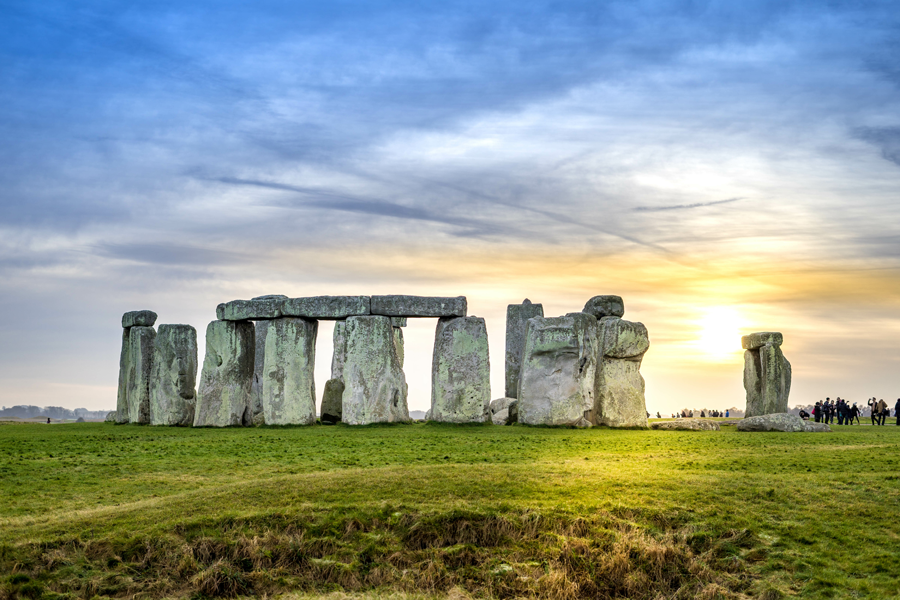The Science of Winter Solstice
December 21, 2021
by Lindsey Flannery
Many kids are naturally fascinated by the movements of the earth, sun and stars. This is especially true if their parents are, too! We sure are excited about special celestial events, and one of the most important days on Earth’s calendar is happening right now: The winter solstice.
The winter solstice occurs on Tuesday, December 21 at 9:59 a.m. CST, marking the first day of winter in the Northern Hemisphere. The day of the winter solstice is the shortest day of the year, after which the days start increasing in length. The summer solstice, in June, is the longest day of the year.
In the Southern Hemisphere, or south of the equator, it’s the opposite: the summer solstice, or longest day of the year, is in December, and the winter solstice, or shortest day of the year, is in June.
What is the force behind the solstices?
There are two forces behind the solstice: the tilt of the earth (called the axial tilt), and the planet’s orbit around the sun. In simplest terms, our location on the planet (in the Northern Hemisphere) is tilted away from the sun in the winter, and toward the sun in the summer.

On the day of the winter solstice, the North Pole is tilted as far away from the sun as it gets. On this day, the sun’s highest point in the sky (its zenith) is closer to the horizon than on any other day. In other words, the sun doesn’t look like it gets very high into the sky at all! This is why it’s colder - the sun’s rays are hitting us much less directly. Compare this to summer, when the sun is high overhead and its rays are direct (and it’s much warmer!)
Learning by shadow
One way to demonstrate this to your kids is to stand outside around noontime on a sunny day this week, and look at the length of your shadows. They’re long, because the sun is not very high in the sky. In the summer at noon, when the sun is high overhead, your shadow will be very small!
Cultural traditions at winter solstice
The occasion of the winter solstice is not just interesting and important for its science -- the way that the earth moves. It’s cultural significance to humans for millennia has resulted in an abundance of traditions and lore.
Have you heard of a yule log, or people saying “yuletide greetings” around the holidays? Yule is the name of the old winter solstice festivals in Scandinavia and parts of northern Europe. The yule log was traditionally an entire tree brought into the house and burned from one end in the fireplace, slowly over several days.
Many of the traditions at winter solstice involve light -- not only because it’s the darkest night, but because it marks the return of the light. The days begin getting longer immediately after the solstice and this, for many people past and present, signifies hope -- that even after the darkest nights, the light returns. Many modern Christmas traditions are connected to old solstice traditions, such as decorating and lighting a tree.
Stonehenge’s connection to winter solstice
Several ancient structures are associated with the winter solstice, including the well-known Stonehenge. Scientists believe that Stonehenge is perfectly aligned to the setting sun on winter solstice. Look up Stonehenge with your child and talk about why it may have been important to ancient people to honor and track celestial events like the solstice.

We hope you enjoy the shortest day of the year with your family, and perhaps create a new tradition of your own! Happy winter solstice!
